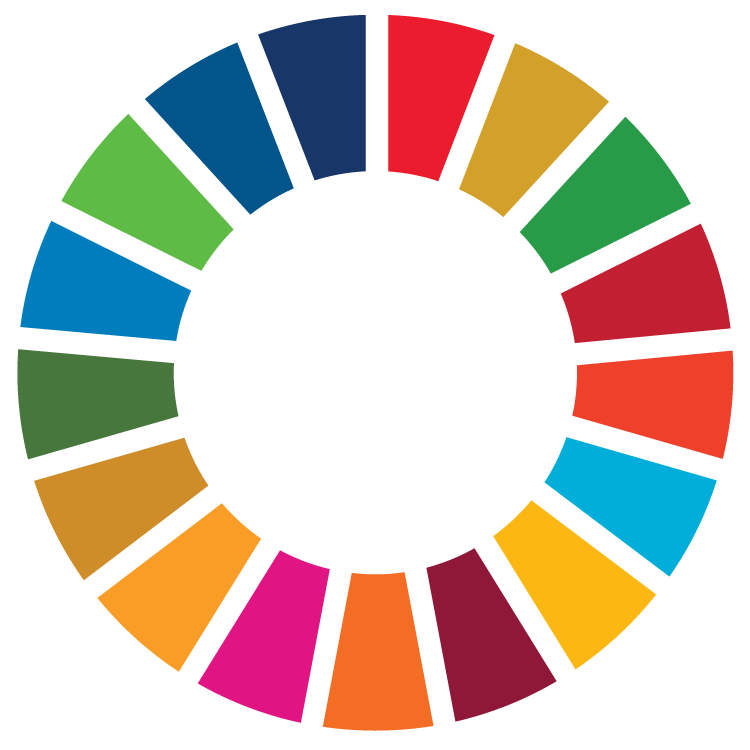
Text original
Aquesta assignatura s'imparteix en català. El text original d'aquest pla docent és en català.
Texto traducido
Esta asignatura se imparte en catalán. El plan docente en español es una traducción del catalán.
La traducción al español está actualizada y es equivalente al original.
Si lo prefieres, ¡consulta la traducción!
Text created with automatic translation
The language of instruction of this subject is Catalan. The course guide in English is an automatic translation of the version in Catalan.
Automatic translation may contain errors and gaps. Refer to it as non-binding orientation only!
Course
Multimedia. Applications and Video Games
Subject
Digital Art and New Media
Type
Optional (OP)
Credits
3.0
Semester
1st
| Group | Language of instruction | Teachers |
|---|---|---|
| G15, classroom instruction, mornings | Catalan | Núria Yebra Cunill |
Sustainable Development Goals (SDG)

- 4. Quality education
- 12. Responsible consumption and production
Objectives
This subject has as its main objective the training of the student in the knowledge of digital art and new means of creation in relation to the territories of art and audiovisual communication. It reviews the main theoretical lines and influences and the work of contemporary creators, with a focus directed towards the creation of projects through the use of new technological possibilities as support.
Learning outcomes
- He has the ability to understand the influence of digital art on contemporary audiovisual culture.
- It delves into the relationship between communication and art.
- Develop creative and innovative communication interfaces.
Competencies
General skills
- Desire to take part in lifelong learning, innovate, create value and acquire new knowledge.
Specific skills
- Apply techniques and tools of artistic expression and graphic representation with creative spatial awareness through digital technology.
- Organize, design and implement multimedia projects that ensure meeting prior specifications on the basis of needs and available resources.
Basic skills
- Students can apply their knowledge to their work or vocation in a professional manner and have competencies typically demonstrated through drafting and defending arguments and solving problems in their field of study.
Core skills
- Interact in international and worldwide contexts to identify needs and and new contexts for knowledge transfer to current and emerging fields of professional development, with the ability to adapt to and independently manage professional and research processes.
Content
- Digital art and new creative media
- Art, digital art and new media
- Art and design
- Art and technique
- Art and science
- Themes, technological supports and artistic forms
- The transformation of image and movement in the digital age
- Photography and moving images in the digital age
- Visual and semantic elements in digital art
- Tools and typologies of digital art and new media
- Digital image. Computational art
- Net.art and network collaboration
- Software art and generative art
- Digital design
- Interactive digital installations
- Video creation
- Art in public space
- Artificial life and robotics
- Data visualization and artificial intelligence
- Applications of digital art in current communication
Evaluation
The evaluation is based on two projects and their value in the evaluation is as follows:
- Active participation in the different activities of the subject: 10%; non-recoverable
- Monitoring of work performed: 30%; non-refundable
- Project: 50%; recoverable.
Ideation, conceptualization and formalization of an artistic video creation project.
This project reinforces knowledge of audiovisual language and motion graphics. - Specific assessment tests: 10%; non-refundable
Methodology
Works and artists are studied so that the student generates a discourse focused on the creation of an artistic project accompanied by careful research thanks to the analysis of references and antecedents in the world of art and in new digital media. In the main project of the subject, knowledge of audiovisual language and motion graphicsThe conceptualization, development of the idea and the formal finishing of the piece are enhanced.
Bibliography
Key references
- Kuspit, D. (2001). Arte digital y videoarte: Transgrediendo los límites de la representación. Círculo de Bellas Artes.
- Manovich, L. (2005). El Lenguaje de los nuevos medios de comunicación la imagen en la era digital. Paidós.
- Moulon, D. (2013). Contemporary new media art. Retrieved from https://dominiquemoulon.com/en/books.html
- Negroponte, N. (1999). El Mundo digital un futuro que ya ha llegado. Ediciones B.
Further reading
Teachers will provide complementary bibliography and compulsory reading throughout the course via the Virtual Campus.